OpenAI has finally released his new AI language model, GPT-4. This model represents the latest evolution of the system that feeds the conversation on well-known and used apps, including ChatGPT and the new Bing Chat.
OpenAI announces GPT-4, AI now also accepts visual inputs
According to the company, GPT-4 represents a significant advance over its predecessors, including the GPT-3.5 that many have used on ChatGPT and Bing Chat. Indeed, this new version offers a “greater level of creativity and collaboration”.
Also, GPT-4 can parse both text and image input, even if its response is limited to text only. However, OpenAI cautions that the systems still retain many of the challenges of older language models. Including the invention of information not present in reality (known as “hallucinations“) and the ability to generate violent or harmful text. So, the warning remains to use it carefully.
Many apps already use it
OpenAI has partnered with a number of companies including Duolingo, Stripe e Khan Academy, to integrate GPT-4 into their products. The template is available to the public via monthly subscription ChatGPT Plus by OpenAI, priced at $20 per month. But it also comes to power Microsoft’s Bing chatbot.
Additionally, GPT-4 will also be accessible as an API for developers who want to use it for their applications. But there is a waiting list to access the API, which according to OpenAI it will start admitting users today.
OpenAI warns: GPT-4 is still “imperfect and limited”
In a research blog post, OpenAI said that the difference between GPT-4 and its predecessor, GPT-3.5 (the model used by ChatGPT), is reduced in informal conversations. The CEO of OpenAI, Sam Altmanhe stated on Twitter that GPT-4 is still an “imperfect and limited” model. But that looks even more impressive on first use and gets more and more advanced with continued use.
The company also explained that the new model has improved the performance of theUniform Bar Exam, il LSAT, il SAT Math e il SAT Evidence-Based Reading & Writing. Emphasizing how it is one of the best models around – however imperfect.
A multimodal chatbot, but less flexible than expected
Last week from a Microsoft executive has leaked that the system would be released later this week, suggesting that the system would have been multimodal. Thus able to generate not only text but also other types of media.
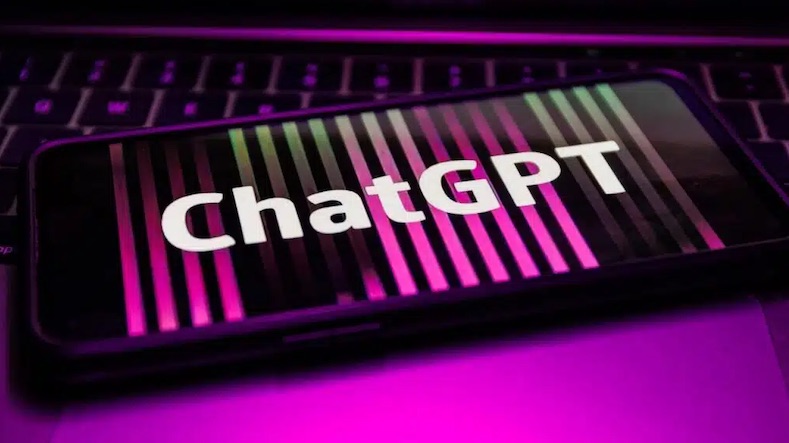
While OpenAI has confirmed that GPT-4 is indeed multimode, it supports fewer media types than expected. The system is capable of accept text and image input, but can produce text output.
The model’s ability to parse text and images simultaneously allows it to interpret more complex inputs. In the examples provided by the company, you can see the system that explains memes and unusual images.
A continuous journey
The novelty of GPT-4 is therefore quite useful and improves overall performance. But the OpenAI team doesn’t want to fuel unsustainable hype. The company described the first model in 2018, by then launch GPT-2 in 2019 and GPT-3 in 2020. He then continued to analyze a lot of text data, to instruct the AI on how to write and respond in the most “human” way possible.
The company has therefore accelerated the times, but after launching GPT-3.5 in 2022, the novelties of the new release may be interesting: but not revolutionary. OpenAI with GPT-4 wants to maintain the strategic edge it has over rivals (including especially Google with Bard). But still he put the new model through “safety training” for six months, so that rreduce incorrect answers by 40% compared to the older generation.
The possibility of inventing information remains the biggest limitation of these models, but it seems that OpenAI is aware of it. And therefore it does not promise revolutions – only to make one’s language model more precise. Which no doubt, all of the internet will be testing in the next few weeks: we’ll soon know if the new ChatGPT has really reduced his “hallucinations”.






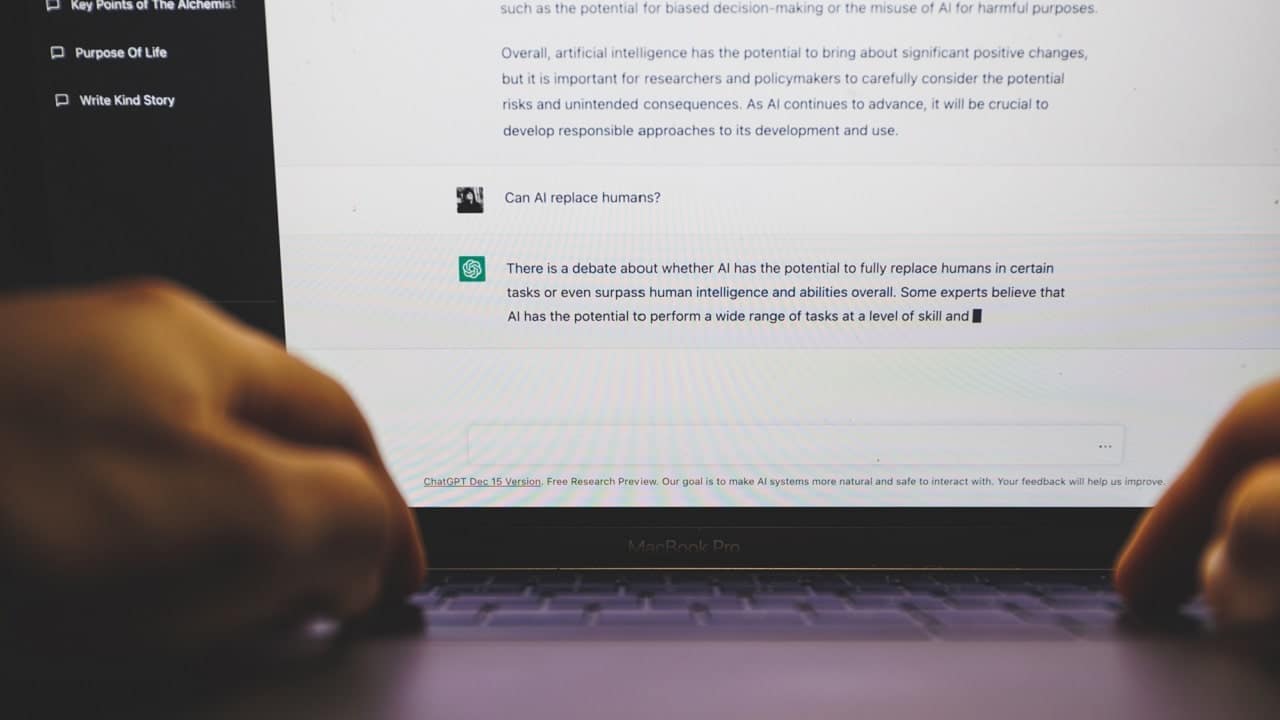






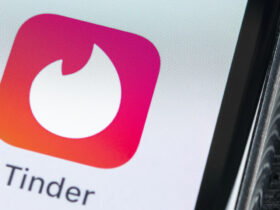
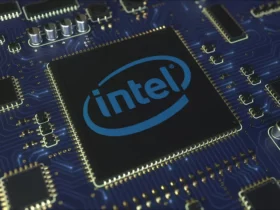
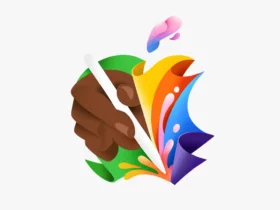
Leave a Reply
View Comments